The Sámi on Camera
Photographs of the Sámi taken in the 19th and 20th centuries act as ‘emotional archives’, offering an alternative history of Europe’s longest surviving indigenous people.
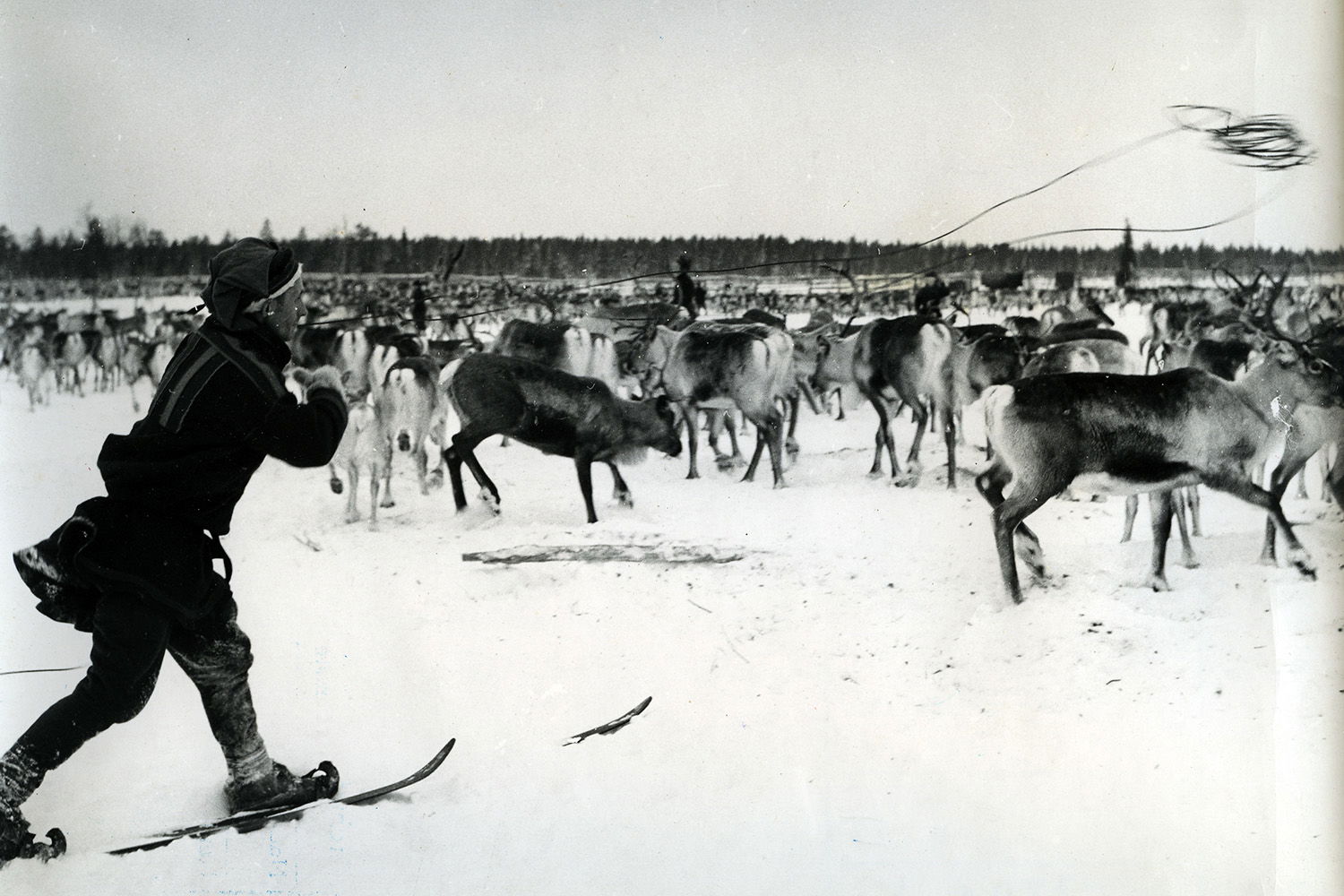
Skolt Sámi man in Sevettijärvi, Inari municipality, Finland. Photograph by Ernest Dixon, 1950s. Courtesy of the Sámi Museum Siida, Finland.
At the end of the last Ice Age, more than 10,000 years ago, groups of hunter-gatherers ventured into northern Scandinavia, becoming the region’s first inhabitants. From southern Norway, the Fosna – descendants of the nomadic Ahrensburg culture in north-central Europe – followed the thaw north to the Arctic Circle and populated the coastline of the Norwegian Sea. Around 1,000 km to the east, another group of nomads inhabiting the southern shores of Russia’s Lake Onega and Lake Ladoga also moved north and west to settle in Finnish Lapland. Intermixing and establishing settlements, they would become Europe’s longest surviving indigenous people: the Sámi.
For thousands of years, the Sámi way of life remained unaffected by the sovereign powers of continental Europe. In the 12th century Novgorodian Pomor traders from Russia arrived on the shores of the Kola Peninsula. They established a harmonious coexistence with the Samí, which lasted until the 18th century when Norway, Sweden and Russia made various attempts to force cultural assimilation on the Sámi. These included prohibiting the use of Sámi language, history and culture in schools and enforced religious conversion from animism to Russian Orthodoxy and Scandinavian Lutheranism.
In the 1850s, photographers intrigued by the Sámi began to make forays into Sápmi, the Sámi homeland. Travelling north as ethnographers, linguists, priests and state officials, they photographed the Sámi as though ‘they were photographing a vanishing culture and exotic “others”’, as Anni Guttorm, curator of the Sámi Museum Siida in Finland, puts it.
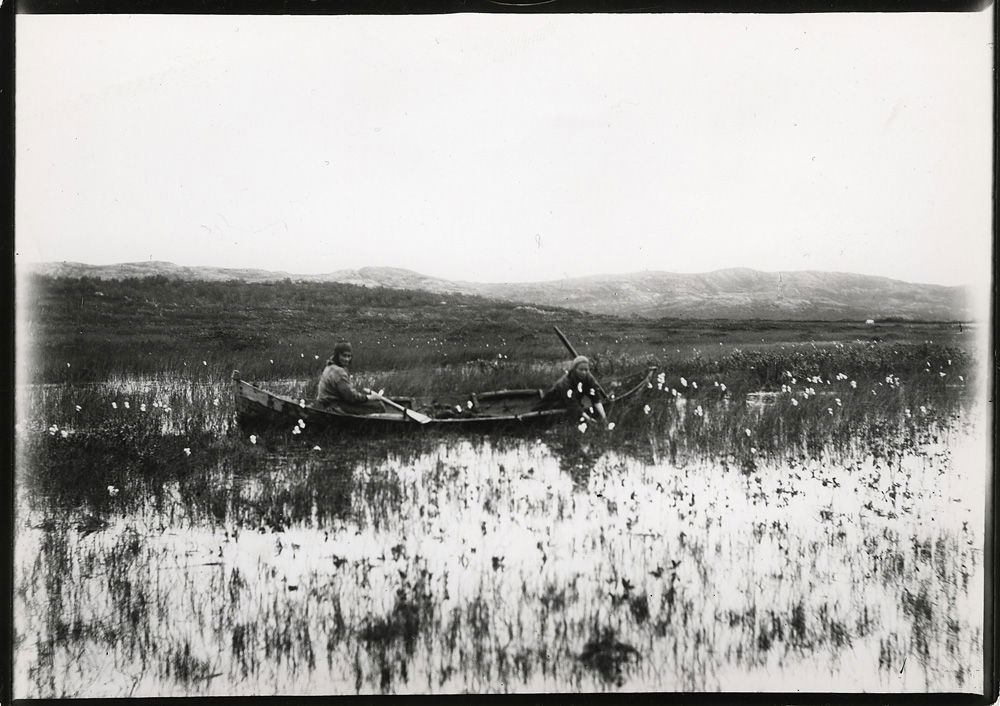
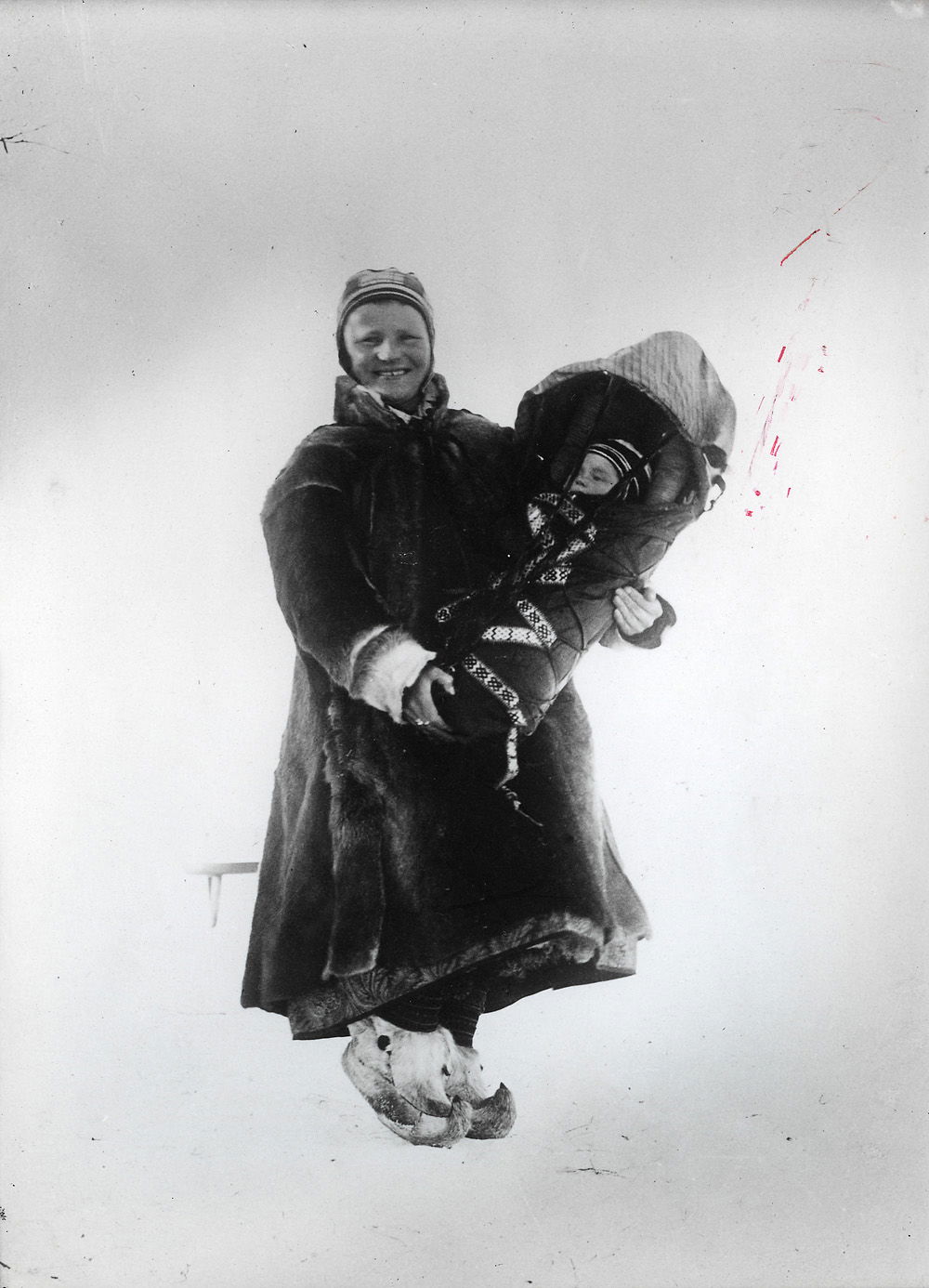
Many saw the photographic depiction of the Sámi as harmless. It was rare for early photographers, such as Lotten von Düben and Sophus Tromholt, to capture images of the Sámi in non-traditional clothing or contexts. Historian of Sámi culture Veli-Pekka Lehtola describes how many of those who photographed the Sámi during this period saw modernity and multiculturalism as threats to the ‘genuine’ Sámi culture they were trying to capture.
Many expeditions were motivated by ideas surrounding race. Anthropometry was a popular method used by anthropologists and pseudoscientists investigating human evolution and origins. This was also the basis for some of von Düben’s images. Working with her anatomist husband (who was cataloguing Sámi skulls), she frequently photographed her subjects in front and side profiles.
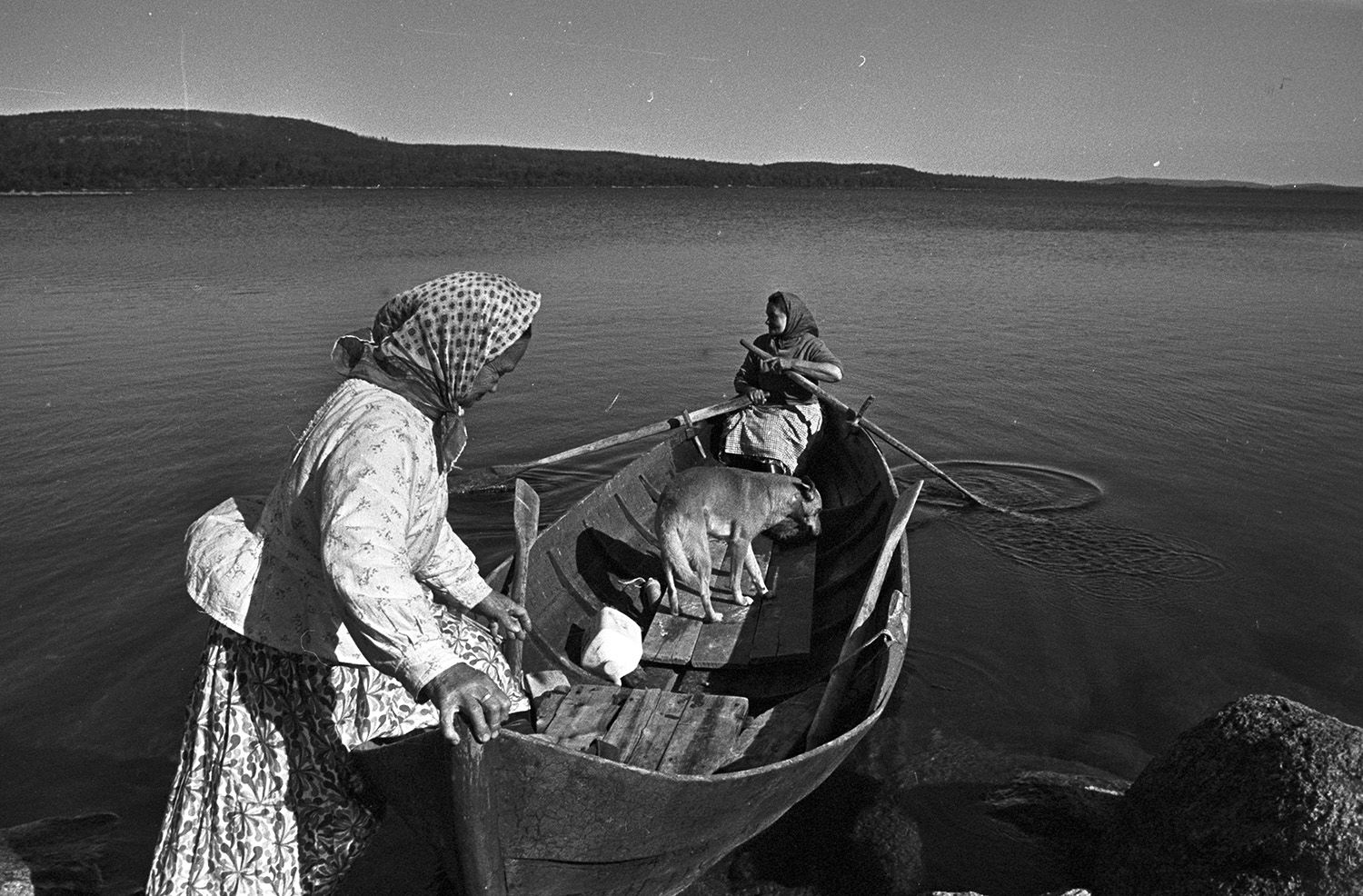
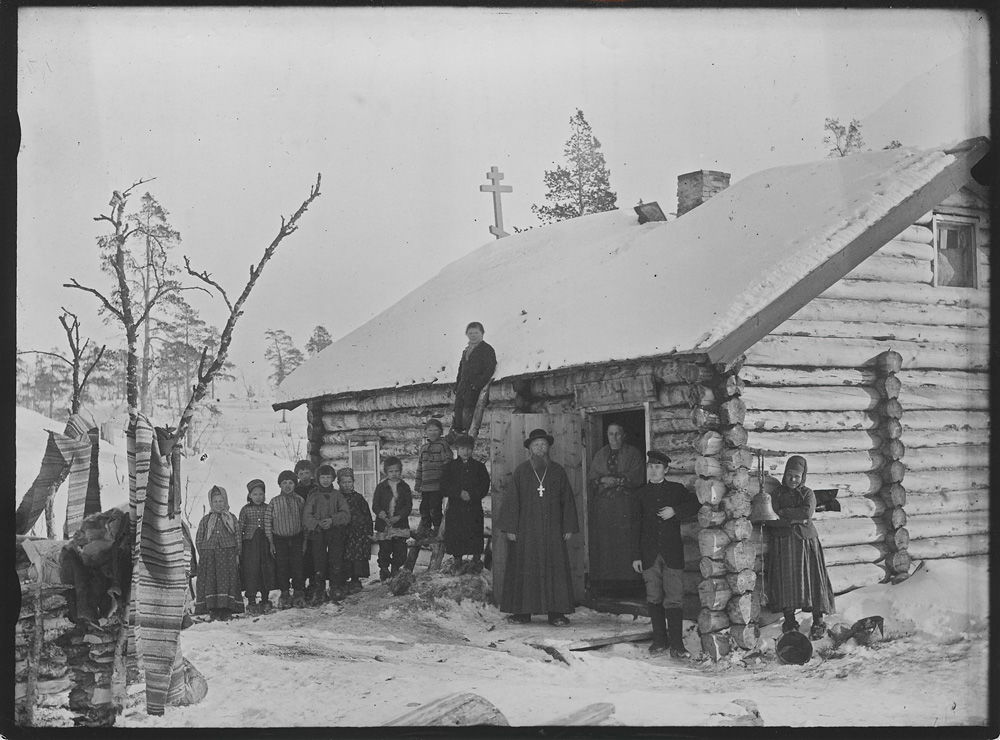
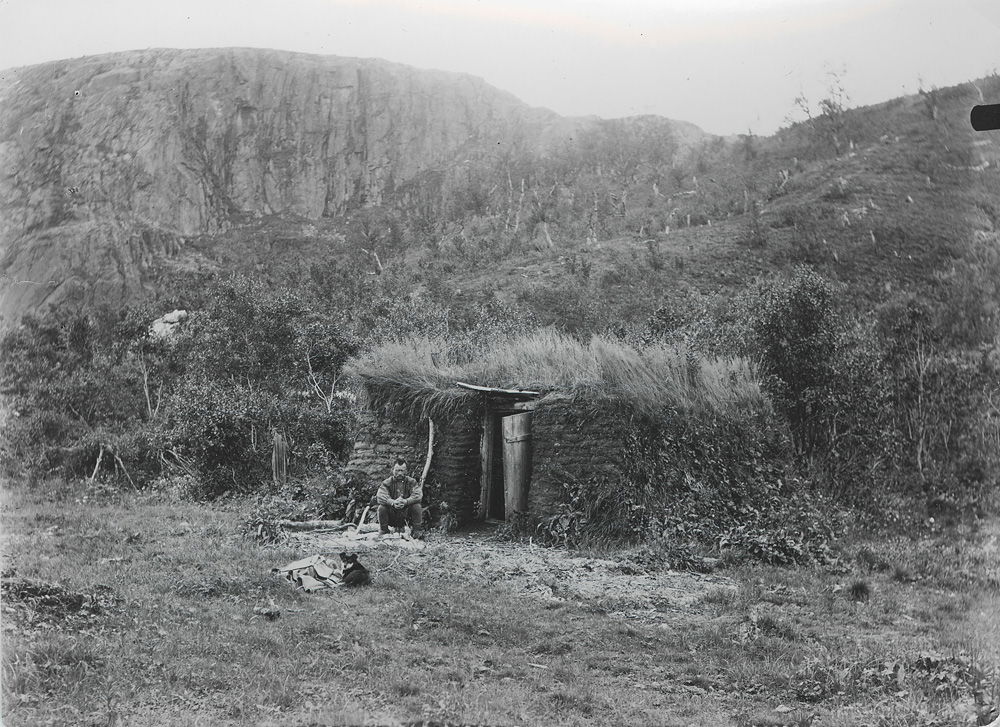
Participation was voluntary in Finland, and possibly elsewhere in Scandinavia, too, but, as Lehtola’s work has shown, the Sámi were not always aware that this was the case. Whole villages were known to flee from visiting researchers, whose studies often required that their subjects be photographed naked. Those that agreed to take part were never privy to the published studies. Aside from the humiliation of standing undressed in front of strangers, their reluctance may have also stemmed from rumours that some researchers had an erotic interest in the Sámi and were publishing their nude photographs in newspapers.
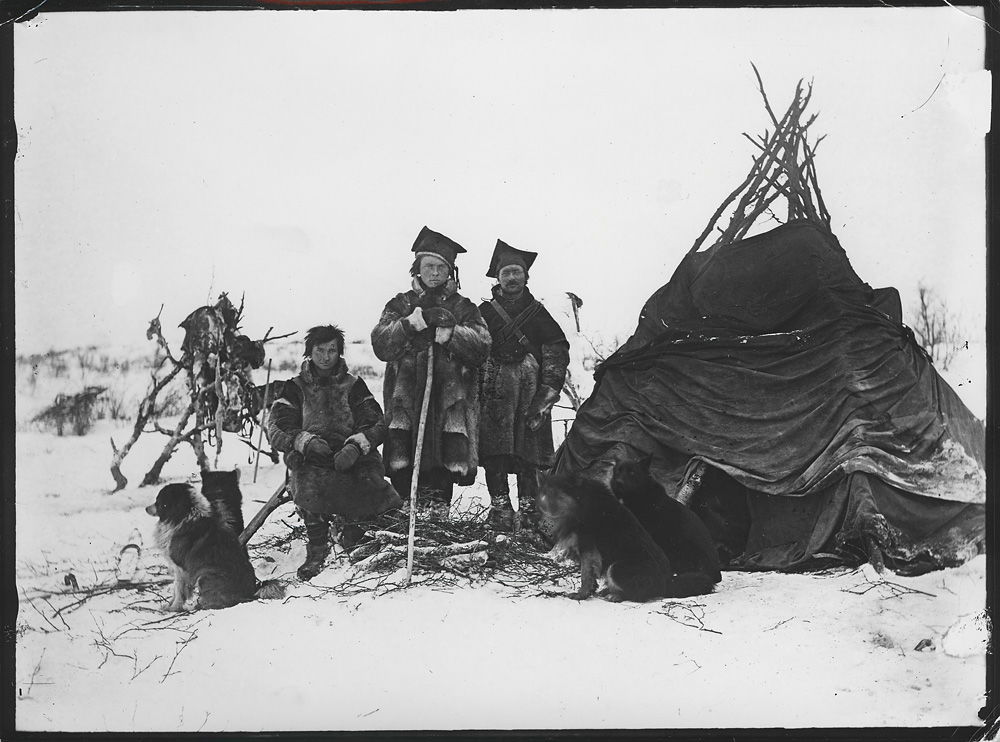
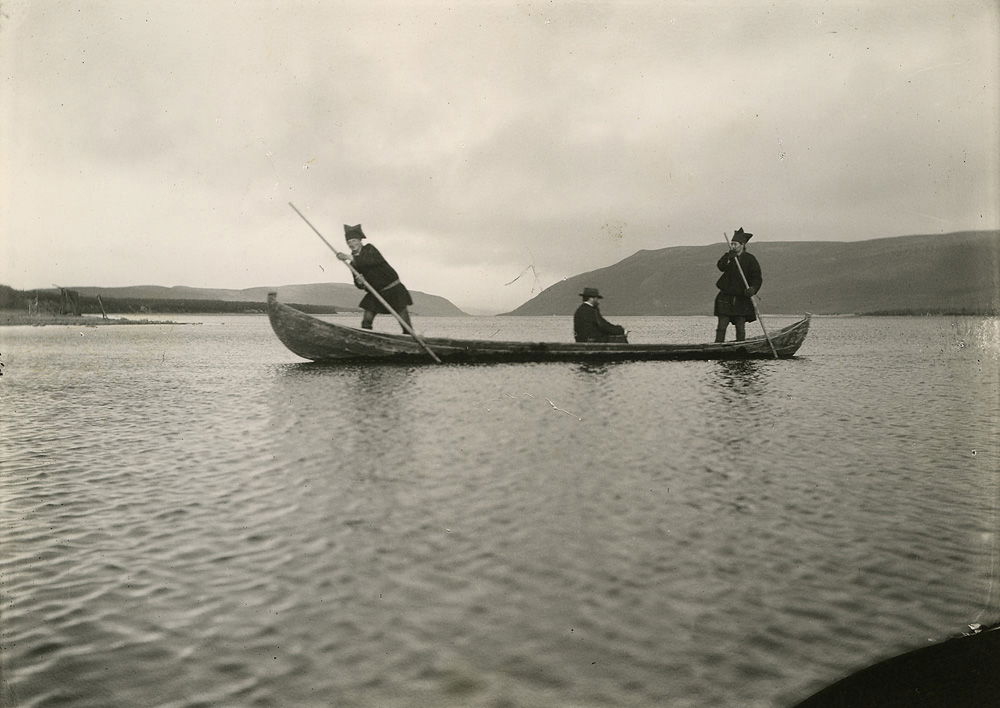
Researchers regularly expected the Sámi to recount stories, act as photographic models and offer excerpts of their language, with no personal benefit or compensation. Museum collectors looking for potential display objects would enter homes uninvited to evaluate and haggle over heirlooms. On one occasion, a Finnish researcher visiting Elsa Laula Renberg – a Sámi activist and politician – stayed for a week, taking advantage of Renberg’s hospitality and afterward criticised her in his work, claiming that her political interests were merely a conduit for her ‘psychotic personality’.
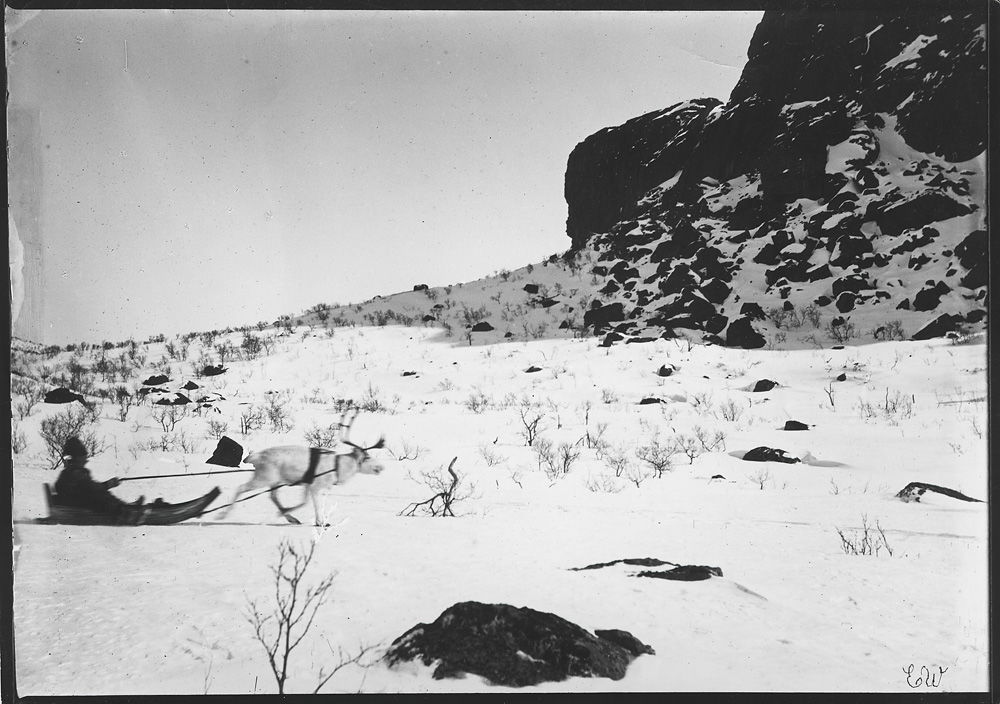
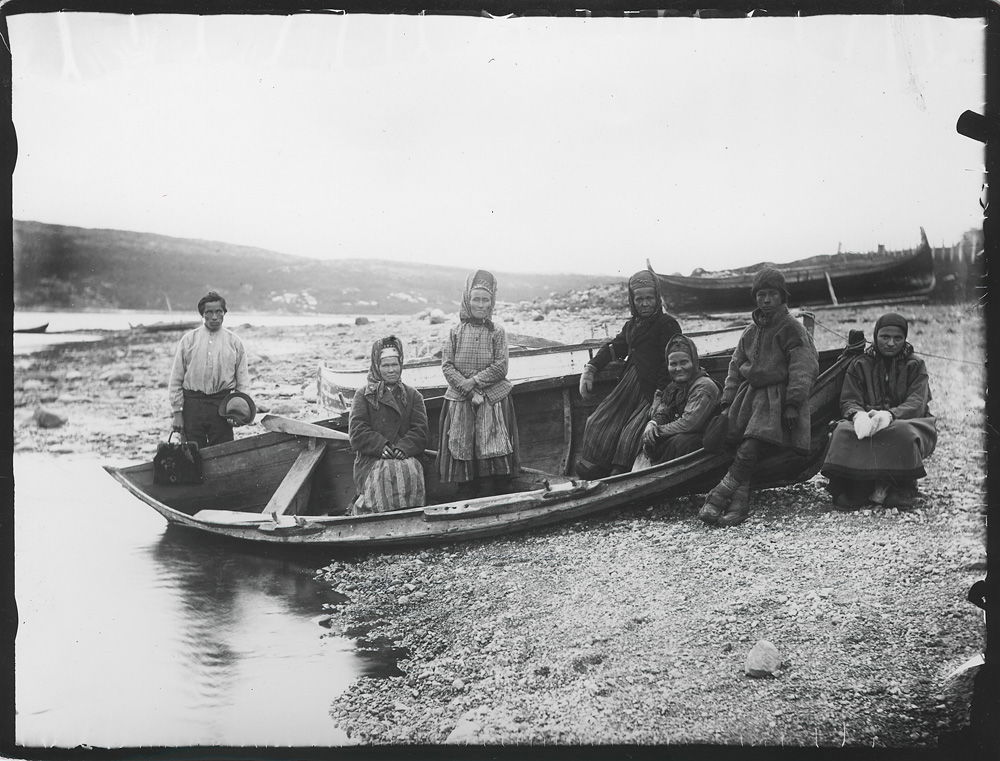
Between the late-19th and early-20th century, Norwegian photographer Ellisif Wessel (1866-1949) travelled extensively around the Sør-Varanger region of Finnmark and documented the Skolt Sámi. In 1902, she published her photographs in her book Fra Vor Grændse Mod Rusland (From Our Border With Russia) creating a record of an area undergoing rapid change from the burgeoning iron ore industry. She became a political activist after witnessing widespread poverty during her travels in the region.
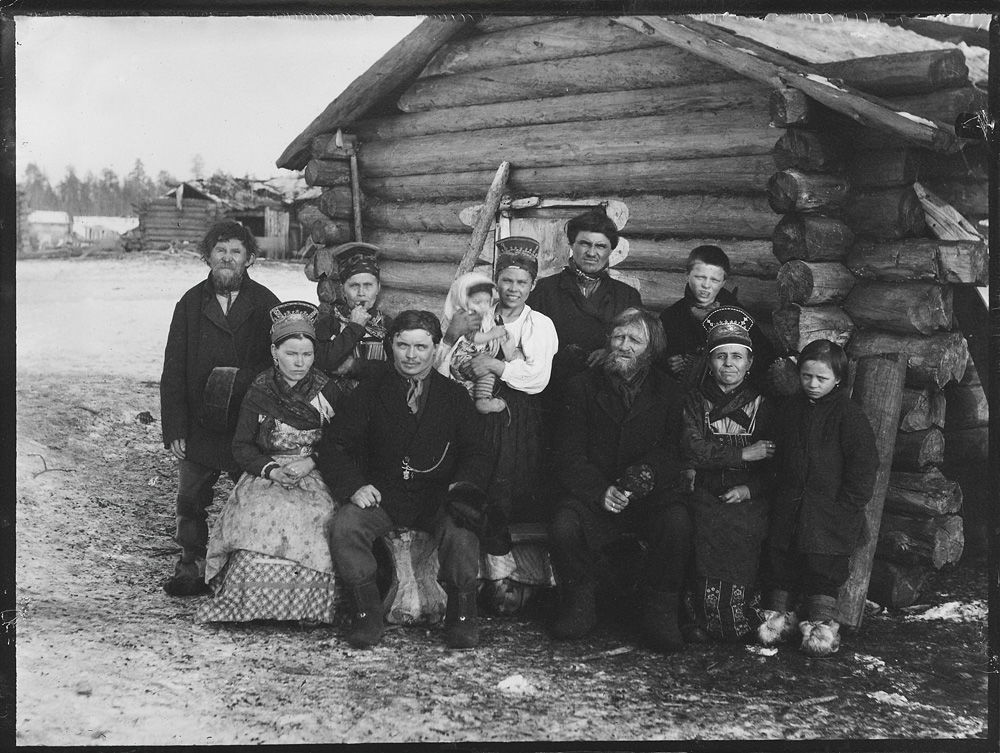

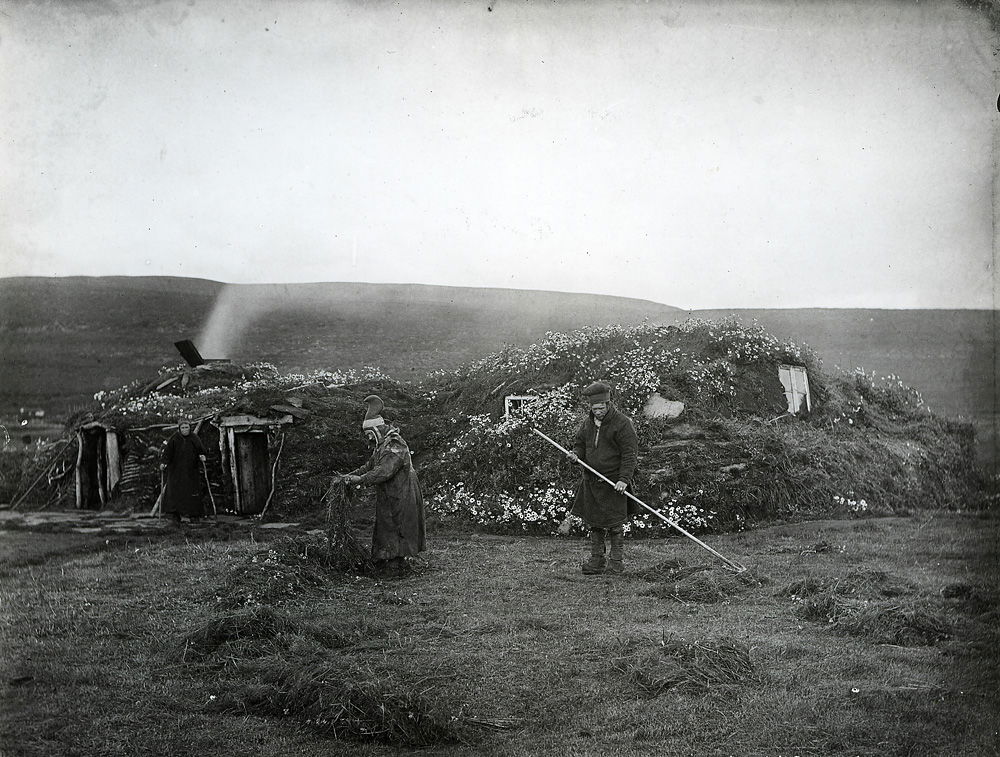
In 1900, Kodak released the Brownie, the most affordable camera of its time. The camera made image-making available to the wider public, including the Sámi. Pekka Paadar, an Inari Sámi, is one of the earliest indigenous photographers and specialised in documenting traditional hunting, logging and everyday life in his hometown of Nellim, near the Finnish-Russian border. Other Sámi photographers include farm steward Uula Sarre, teacher Aslak Outakoski and writer Hans Aslak Guttorm, but much of their work was destroyed by the Germans during the 1944-45 Lapland War. Paadar’s images remain in the Provincial Museum of Lapland and his work, along with that of his contemporaries, marks the first time the Sámi had control over their own visual representation.
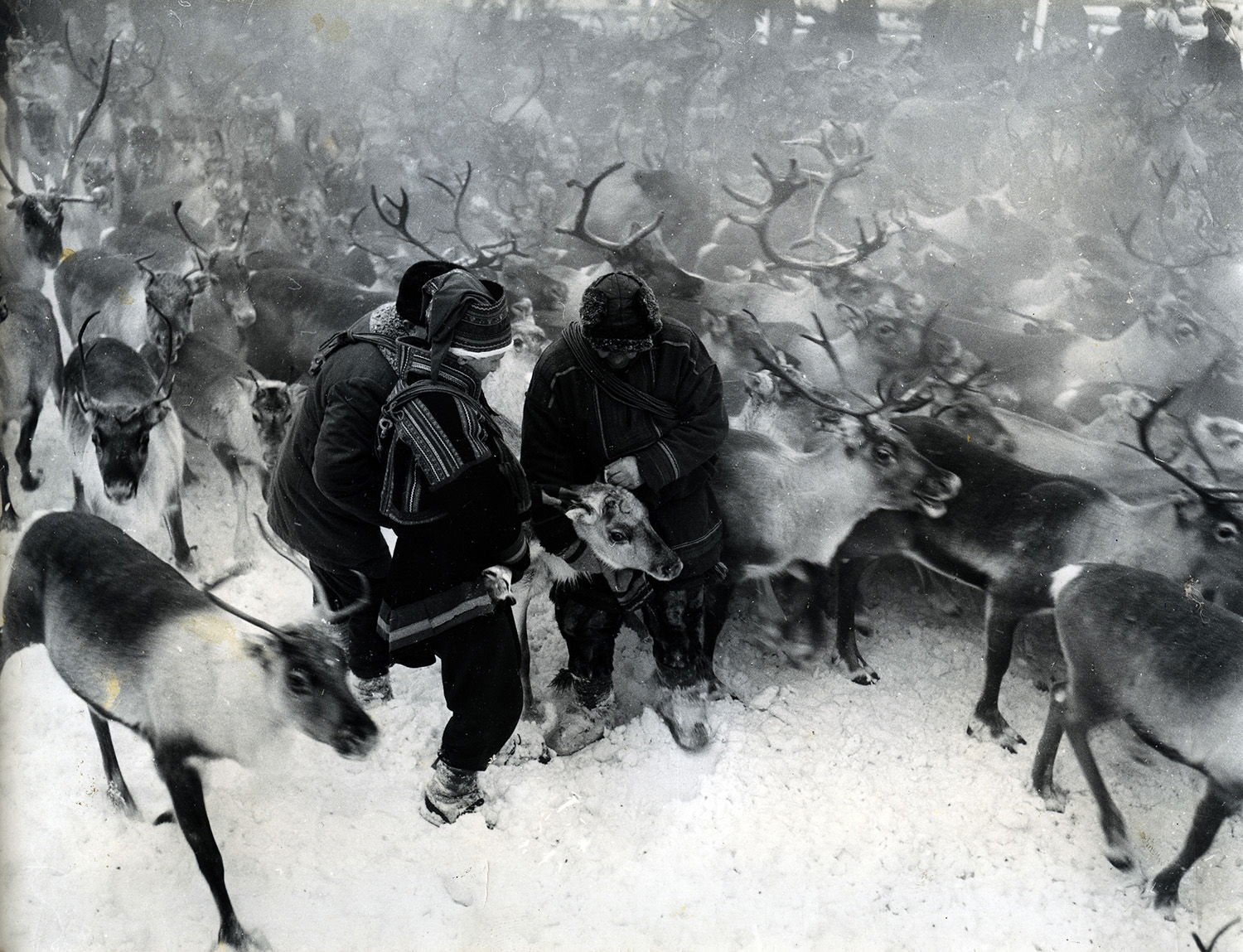

Researchers, writers, photographers and painters have long viewed Sápmi and Sámi culture as a resource for their work. Much of the initial popularity followed the publication of French physician and explorer Pierre Martin de la Martinière’s account of his 17th-century travels in the European and Russian Arctic. Yet much of what has since been produced – visual art, books and archaeological discoveries – has been taken out of Sápmi. In the 1980s, through the work of artist Nils-Aslak Valkeapää, the Sámi became conscious of the large quantity of Sámi-related photography held in collections, museums and archives outside of Sápmi.
This started a movement by provincial museums, organisations and individuals, including Lehtola, to ‘repatriate’ photographs. Although thousands of photographs have returned in recent decades, Lehtola estimates there could be hundreds of undiscovered collections. Aside from the educational value of repatriating historical images, Lehtola believes that they can act as ‘emotional archives’, providing an alternative portrayal of the Sámi past that is not dominated by ‘asymmetric power relations, subjugation, and colonialism’.
Matthew Traver writes on travel, history and culture.